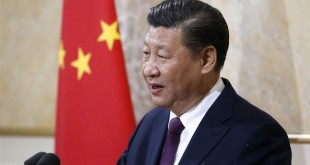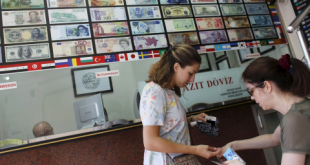decides on surprisingly aggressive easing. There are first signs indicating that the market view is shifting in this direction, which should limit upside potential for EUR/USD ahead of the ECB’s upcoming meeting on 10 March.
Key Quotes
“How much further can EUR/USD rise? Since 1 February the exchange rate is up by more than 4½%, largely driven by the weakness of the USD, which has resulted from the recent pricing out of the Fed’s expected rate hike. For this and next year, at least, the market does not reckon with further rate increases.”
“We do not share this opinion and consider this view as exaggerated: Indeed, we continue to attach a higher likelihood to – albeit slow – hikes. But even if this assumption were correct, this would not help the US currency in the near term. Moreover, it will take quite some time before it becomes evident whether the market or our economists are correct. As long as this is not clear, the dollar’s upside is limited.”
“Will the EUR/USD strength continue in the long term? We do not think so, as the ECB stressed in the past that it does care about the EUR exchange rate. Either EUR/USD already declines ahead of the ECB meeting on 10 March. If, however, it remains stuck at current levels or rises even further, the likelihood of strong monetary easing to depress EUR/USD would increase markedly. In both cases EURUSD would trade lower.”
“Over the past days, signs have increased that the FX market is getting cold feet at these high EUR/USD levels. Following the ECB’s meeting in December, EUR/USD risk reversals were up strongly to multi-year highs, a signal that the market is attaching a lower probability to sharp downside EUR/USD movements. Small wonder, as many market participants regarded the ECB as a lame duck after the disappointing December meeting. Recently, however, risk reversals are softening again. The FX market is realising that a strong euro is boosting the probability of an aggressive ECB, which should limit upside potential in the near term.“
 Trade Forex Forex and Commodities News
Trade Forex Forex and Commodities News




